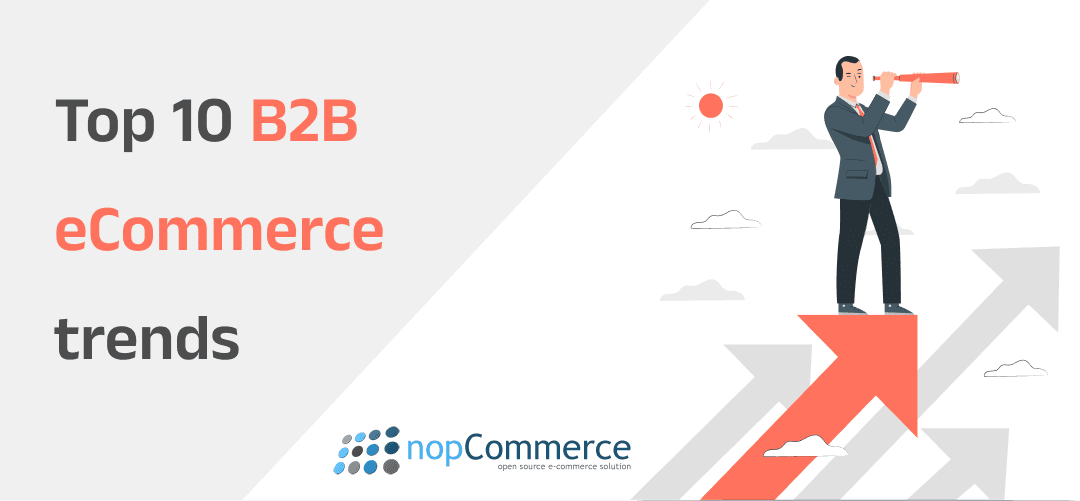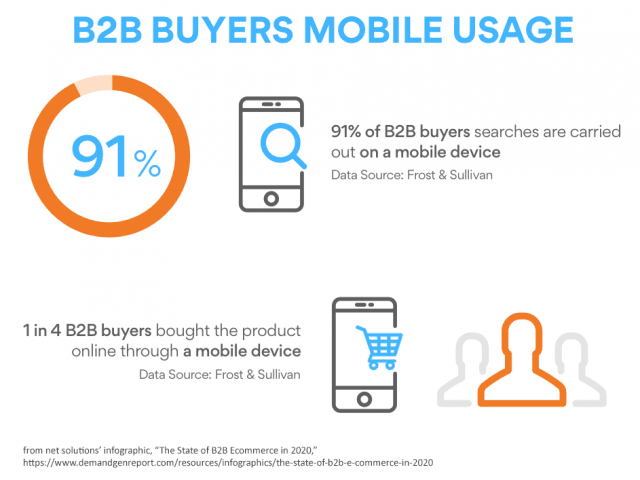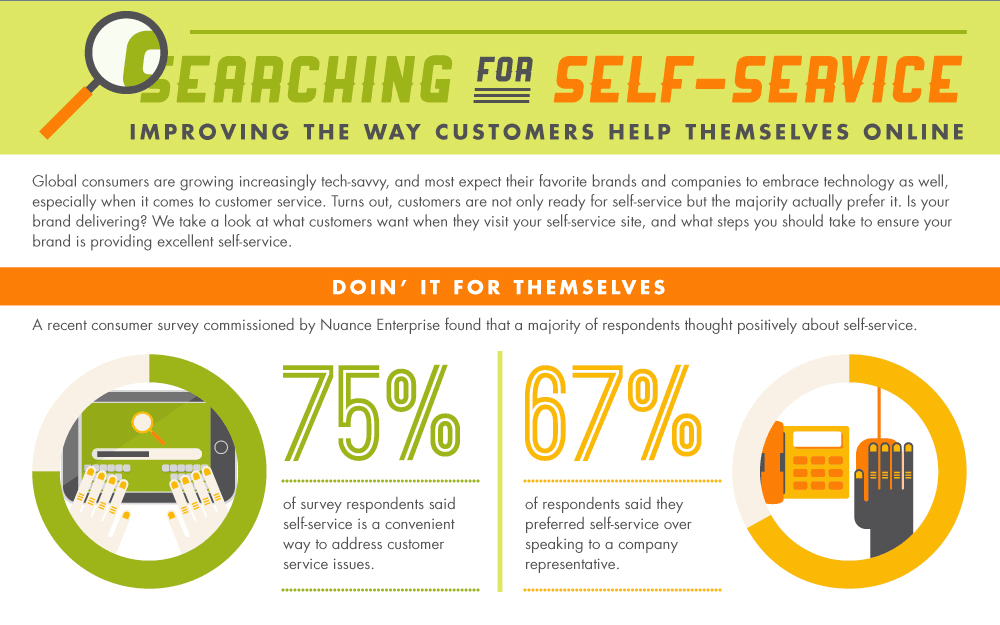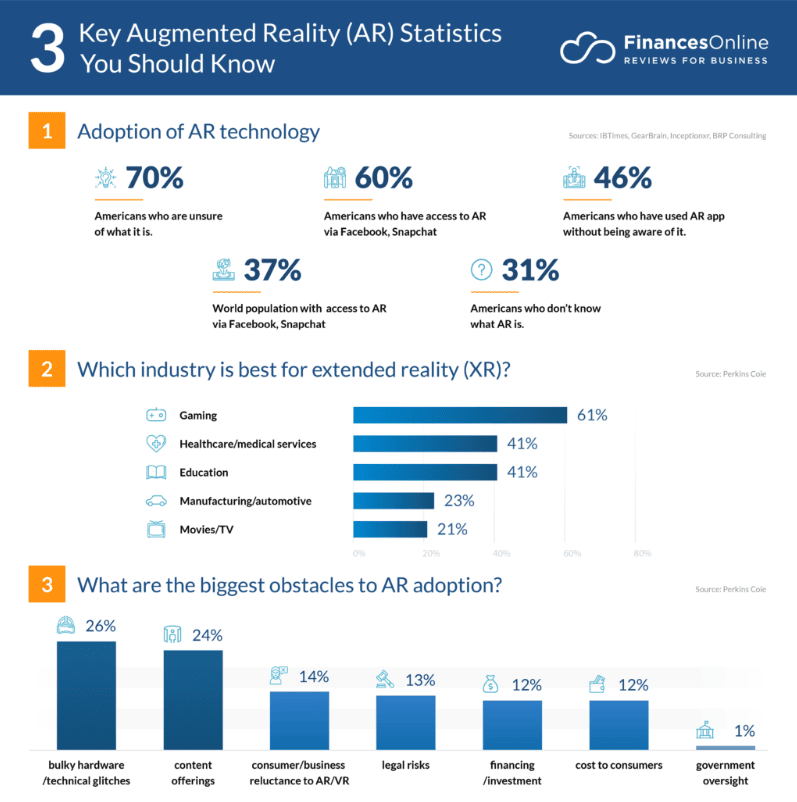
The COVID-19 pandemic changed how the world did business in 2020, and even now, when we get back our lives, its aftershocks keep reshaping the B2B industry. As it continues to evolve, eCommerce has emerged as more than an option, but a necessity for businesses to remain competitive. And this prevailing trend also emphasizes the need for online sales.
The B2B eCommerce statistics says that hybrid sales are expected to be the most dominant strategy by 2024 due to shifts in customer preferences and remote-first engagement. Responding to growing customer demand, B2B marketers have increased the digital portion of their marketing budgets and taken other measures to improve their websites’ usability over the past few years. Naturally, creating a robust website is their biggest challenge.
If you are working in the B2B market and want to stay ahead of the competition, here are some major trends that you will want to focus on in 2022. This article will highlight top 10 trends in B2B eCommerce, and how your business can take advantage of them.
Best B2B eCommerce trends that transform businesses
The explosive B2B eCommerce growth dictates dozens of trends for developing businesses and making them competitive. For your convenience, we’ve handpicked the best of them and listed them below.
Read on to learn the hottest B2B advertising trends, B2B marketing trends, and other helpful insights to keep up with current changes.
Personalize this! Customize that!
There were only two things certain in life: death and taxes. Now there's a third one - inevitable B2B personalization. Personalized buying experiences aim at making your customers feel special by offering them product recommendations based on the pages they viewed, sending them the right shopping inclinations, and reminding them of abandoned carts in a way that encourages to finish the order.
Dynamic personalization also adjusts the content of your online store according to each visitor’s requirements and needs. Newcomers can see one banner, while old timers will be greeted by the other one. In this case, demographic segmentation will no longer be helpful. If you wish to take your customers’ experience to the next level, you need to understand their behavioral patterns and attitudinal attributes.
Thankfully, the rise and widespread use of sophisticated AI mechanisms and machine learning engines helps to solve the puzzle. While embracing advanced strategies and technologies, commercial vendors can shift emphasis from the single account to the individual buyer. This means that they are now able to build a personalized customer journey and walk their clients through it, offering customized content at every touchpoint.
For multi-store and international businesses, dynamic personalization can help to substantially increase online revenues. In the long run, customization will create some customer-centric moments and increase your brand loyalty, according to Forbes.
Mobile-first shoots ahead
In 2024, it’s expected that mcommerce volume will hit $620.97 billion, which stands for 42.9% of all ecommerce. So it’s fair to expect that this trend will reign over B2B mobile ecommerce as well. And this is where most wholesale companies still fail to meet the challenge and miss out prospective purchases on mobile devices
B2B companies should seriously consider adopting and investing in a mobile strategy. Not only will it help them capture younger (digital) generations and increase their revenue, but also to raise the retention rate. Recent surveys claim that 90% of business users who have first-rate mobile app experiences will return to the website.

(Source: CustomerThink) The B2B buyers statistics shows that this trend is here to stay and growing strong.
Mobile optimization is an important trend for companies that keep abreast of current technology. It has long been debatable whether to have a mobile app or a responsive website. You should bear in mind that mobile apps—rather than mobile browsers—account for the great bulk of mobile traffic and are frequently used for product research prior to their purchase.
Hence, the convenience of using mobile devices for purchasing goods plays a vital role in determining what supplier/vendor/seller users choose to cooperate with and buy from. A mobile app is as much a part of your marketplace as your products and services; developing one shows you are serious about closing sales and offering great customer service.
Building a sustainable supply chain
Global supply chains were also impacted by the COVID-19 outbreak, which revealed the flaws in most B2B eCommerce businesses. Customer experience depends on preventing any form of disturbance in the supply chain, therefore supply chain resilience is of great importance.
Today businesses need to introduce complete visibility into supply chains. To minimize risks and solve capacity issues, they look for diverse suppliers and fulfillment partners. Basically, there are two tactics: nearshoring (gaining more control over the supply chain by employing nearby or regional distributors) and multisourcing (searching for distributors and using their services as Plan B).
Although digital supply chain management may sound sophisticated, it actually refers to traditional supply management with an additional layer of digital technology. The latter covers topics like robots, automated order management, artificial intelligence, machine learning, predictive analytics, and replenishment systems.
Upgrading foundational supply chain capabilities with new digital strategies, businesses may protect themselves from irregularities in the global supply chain, boost their ROIs, and maintain their competitiveness. Businesses engaged in B2B eCommerce should think about establishing a digital supply chain architecture to address issues like inventory management and high-quality customer experience. Using robust order management software, they can streamline their fulfillment procedures, as well as consolidate data and simplify the supply chain.
Omnichannel sales strategy
Customer engagement has become more competitive than ever as customers use various devices and channels to buy goods and services. To combat this, many companies use an omnichannel sales strategy, providing customers with a seamless shopping experience.
With this B2B e-Commerce solution, you can synchronize your customer experience in all channels, so customers always view relevant product details no matter where they shop, and seamlessly switch among in-store, remote, and e-Commerce experiences. This approach is especially relevant for FMCG.
According to a McKinsey b2b e-commerce report, two-thirds of customers prefer remote or self-service options, and as a result companies with effective omnichannel marketing strategies keep 89% of their current consumers, compared to only 33% of businesses without such plans.
To meet those high tech expectations, it's vital to have a flexible and scalable infrastructure with an integrated multi channel ecommerce platform at its core. This will facilitate the process of converting data from supply chain management systems, Web databases, and other corporate applications.
Dynamic pricing mechanism
Dynamic pricing is not a new idea but it has become popular in ecommerce only recently. With a lot of untapped potential, real-time prices are a formidable technique that provides more control over prices, flexibility without sacrificing brand value, and long-term cost savings. Those excellent results can be achieved with the help of suitable B2B marketplace software that will manage the prices automatically based on the adopted logic.
Suppliers can control and modify prices thanks to contextualized real-time pricing. Furthermore, it provides competitive price matching for customers across all channels and ensures client loyalty. As it turned out, successful B2B leaders employ dynamic pricing almost twice as frequently as their rivals. They may adapt their product and service prices in a number of ways to meet customer and market demands. Vendors might decide on prices for goods or services based on each customer's profile. Alternatively, they might alter prices in response to the demand for certain products or services.
To attain this end, companies should trace client behavior during the whole purchasing process. In the upcoming years, real-time pricing will be supported by the explosive growth of mobile payments and mobile applications. As a result, this B2B buying trend works best when paired with e-commerce analytics and general personalization.
Self-service marketplaces
Previous surveys showed that neither self-service nor full-service were specifically preferred by B2B buyers. Depending on a purchase circumstance, they actually choose between the two. Thus, a smart plan for any business would be to combine self-service alternatives with human-assisted options. Flexible ecommerce infrastructures often provide a complete range of alternatives, including hybrid selling methods in addition to self-serve and full service – this is one of the B2B marketplace features.

(Source: Nuance Enterprise) A self-service online portal streamlines the process for each company visiting a website and ensures they can place orders without human assistance.
However, every year more and more B2B customers prefer to make purchases through the same channel without interacting with a salesperson. According to recent data, 67% of consumers preferred using self-service options rather than speaking with sales directly.
This year we expect further growth and investment in B2B marketplace platforms, cloud usage, security, etc. A significantly different environment is being formed, with more people interested in self-service portals. Marketplaces will still rule but companies will proceed cautiously and within their broader ecommerce strategy.
B2B eCommerce platforms on the rise
As we move towards a future where more and more transactions are conducted digitally, companies need to adapt to this post-pandemic change, including business to business commerce. In 2022, their top technology investments include B2B eCommerce platforms, CRM and PIM systems aimed at smoothing the checkout and buying process.
Being 6 times larger than the B2C market size, B2B eCommerce is a bit more complex and needs to satisfy ever-growing requirements of manufacturers and wholesalers. Thus, the main task of any digital solution will be to save entrepreneurs from their purchasing routine and, on the other hand, improve B2B buyers' experience.
Since selling to other businesses is not the same as selling to individual customers, store owners should be able to configure their eCommerce platform to process thousands of SKUs, ensure advanced order management, multi-store and multi-warehouse support, automate the calculation of taxes and shipping fees. All these adjustments can lift the weight off their shoulders and help focus on what matters.
Inevitable switch to social commerce
While social media commerce has historically been dominated by B2C businesses, B2B companies also keep an eye on social media since their buyers already use these channels. For example, B2B buyers use social media to learn about their options, compare solutions, and get additional information necessary to complete a purchase. Nowadays social commerce can also be used to set up an online store on Facebook, Instagram, or Pinterest.
Social commerce revenues are expected to increase in the next three years since purchasing and selling are no longer limited to specialized websites. Businesses may use social media platforms to market their goods without undermining the existing customer experience. Give a try to video marketing – consider adding brief videos to your LinkedIn feed and setting up webinars and live discussions with your salespeople and subject-matter experts on your website or favorite social media platform.
Choose the platforms that are best for your audience and prepare various posts for them: video stories, updates, sales, community messages and so on. This will help you identify the content categories that your audience responds to most favorably. Even if you’re not sure whether to invest in social commerce or not, you may still want to start with B2B marketing across social media.
Augmented reality marketing
Augmented Reality streamlines B2B ecommerce sales and is expected to earn about $97.76 billion by 2028. About a half of B2B buyers claimed AR would speed up their buying cycle, while a quarter are ready to launch AR integrations. Indeed, leading companies will opt for AR experiences to protect themselves from undesirable threats, as well as properly channel their time and efforts.

(Source: FinancesOnline) Augmented reality is gaining popularity in B2B industries: it’s used to promote products, speed up the buying process, and enrich content, etc.
By presenting advantages and essential features on a single screen, AR frees customers from sifting through product descriptions and brochures. Additionally, it allows them to digitally engage with products and see how they function in actual use.
All in all, AR brings the following benefits:
- AR improves product displays and generates additional prospects for sales
- AR helps consumers in data analysis and insight gathering
- AR simplifies and quickens the sales cycle
- AR boosts consumer confidence.
Flexibility and scalability is a must
When choosing digital commerce technology, B2B enterprises prioritize customization and flexibility above out-of-the-box functionality. Sellers need online configuration of complex items. Buyers want to make their transactions digitally, without thinking of how, when, and where to do shopping. B2B companies put much effort into solving this task.
For B2B brands, limiting self-service to reorders and status checks is no longer sufficient. They should be more aware of technological developments and how they relate to the product roadmaps of their vendors. Business may evolve quickly and with the least hassle by investing in the integration of B2B ecommerce platforms. They act as the core of digital ecosystem, making it an excellent place to start when planning your digital transformation.
However, not every ecommerce platform is the same. Many still function as "jack of all trades" solutions and limit the freedom of choosing the most needed features. In many aspects, it’s better to opt for headless ecommerce because they offer strong security, quick innovation, cheaper total costs, and capabilities that serve B2B complexity. The capability of quickly integrating with other corporate systems is another advantage you may want.
Wrapping Up
B2B eCommerce has been evolving for a while, moving from a single commercial sector to a point where it may soon catch up with or even surpass traditional channels. In this regard, companies should focus on the best B2B ecommerce trends we've discovered, such as eschewing outdated systems, putting money into e-commerce technology, customizing the purchasing experience, and investigating new sales channels.
No matter how carefully we track B2B ecommerce trends and common practices that shape the business environment, there are sure to be surprises along the way. There’s an immense array of opportunities: the future of B2B appears to be as promising as ever with the rise of B2B markets, the widespread use of AI and ML technologies, and cloud adoption.